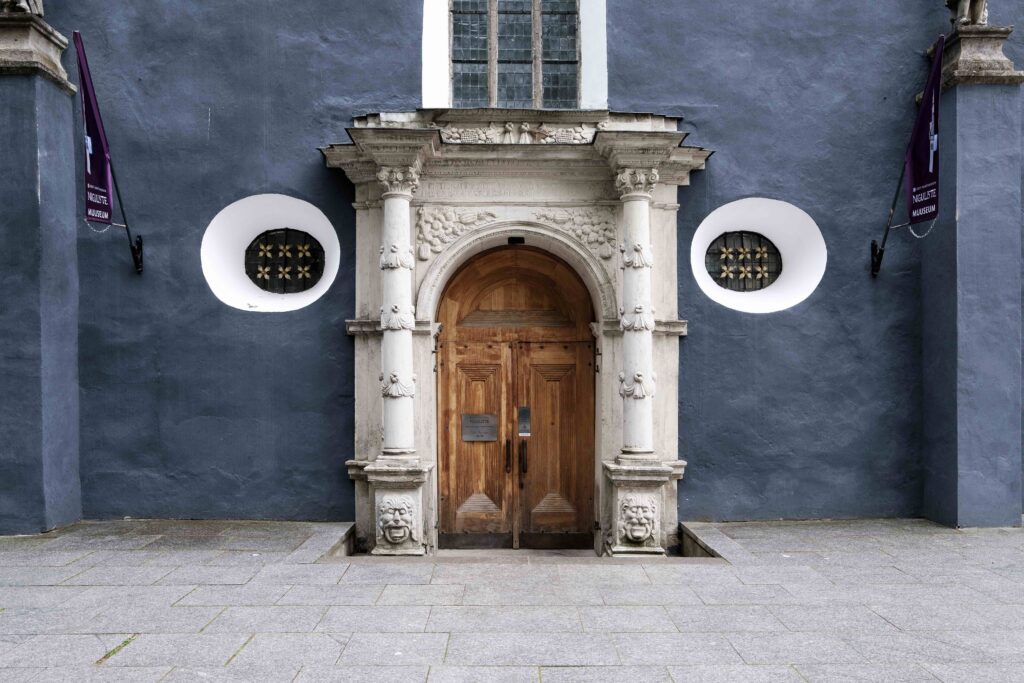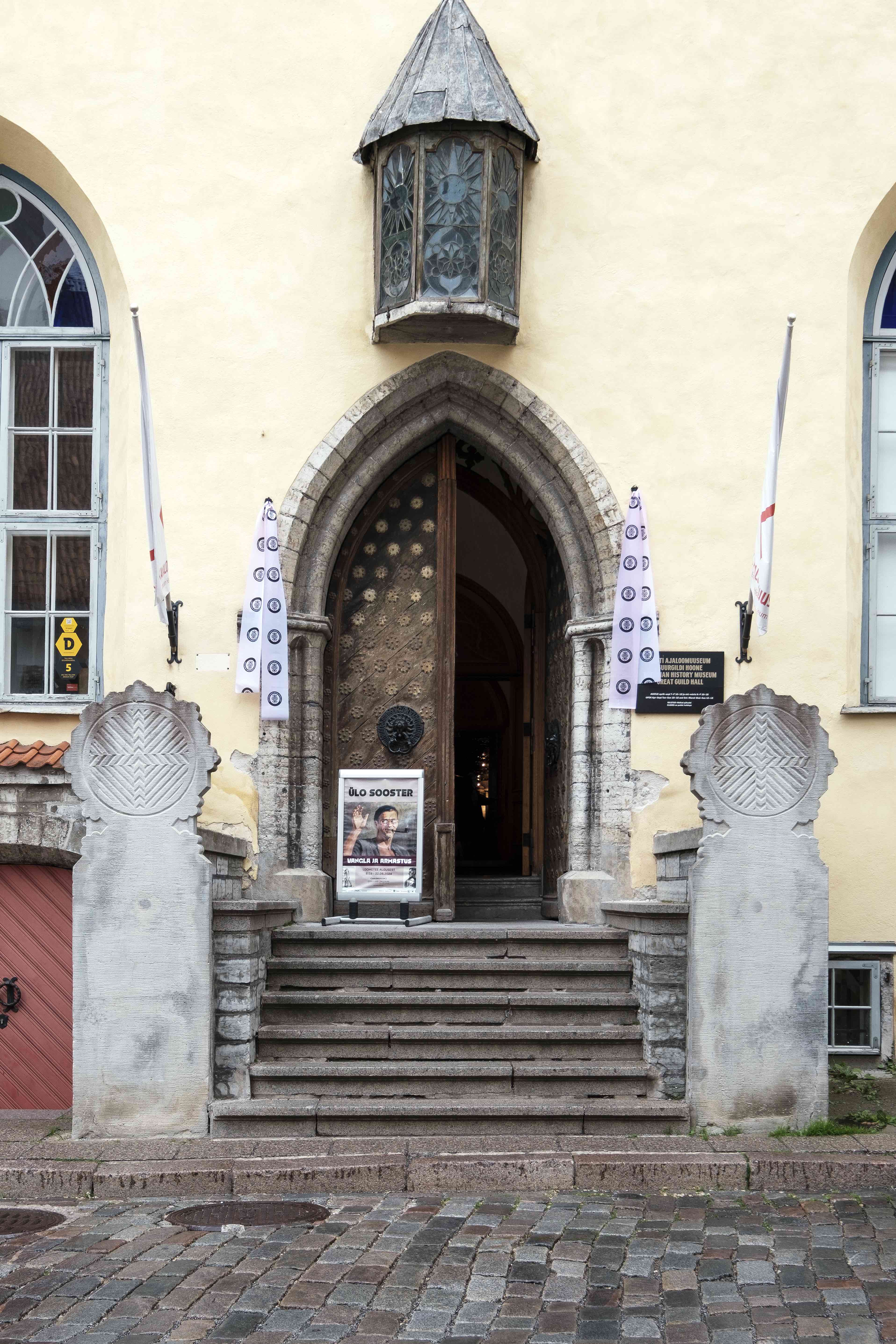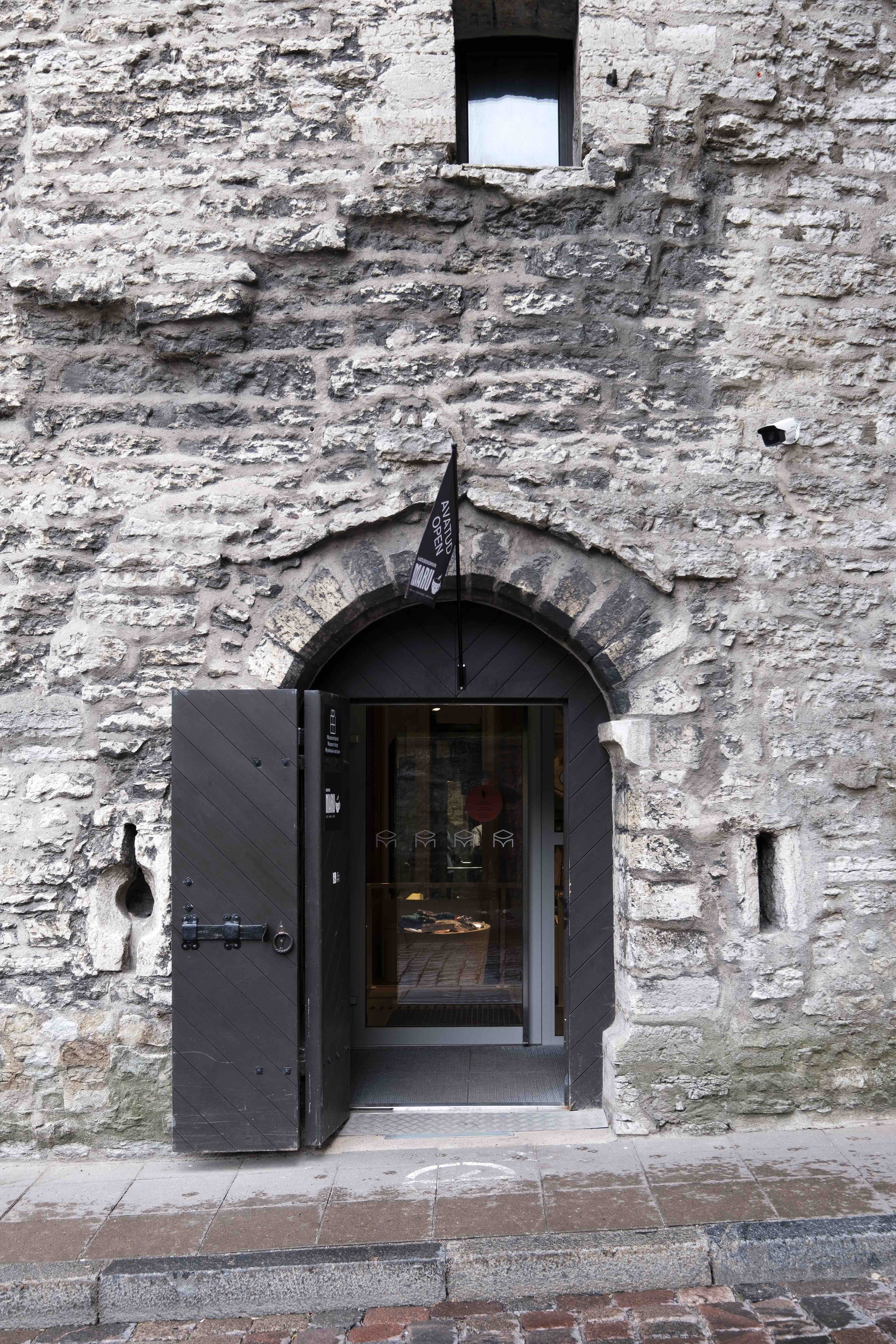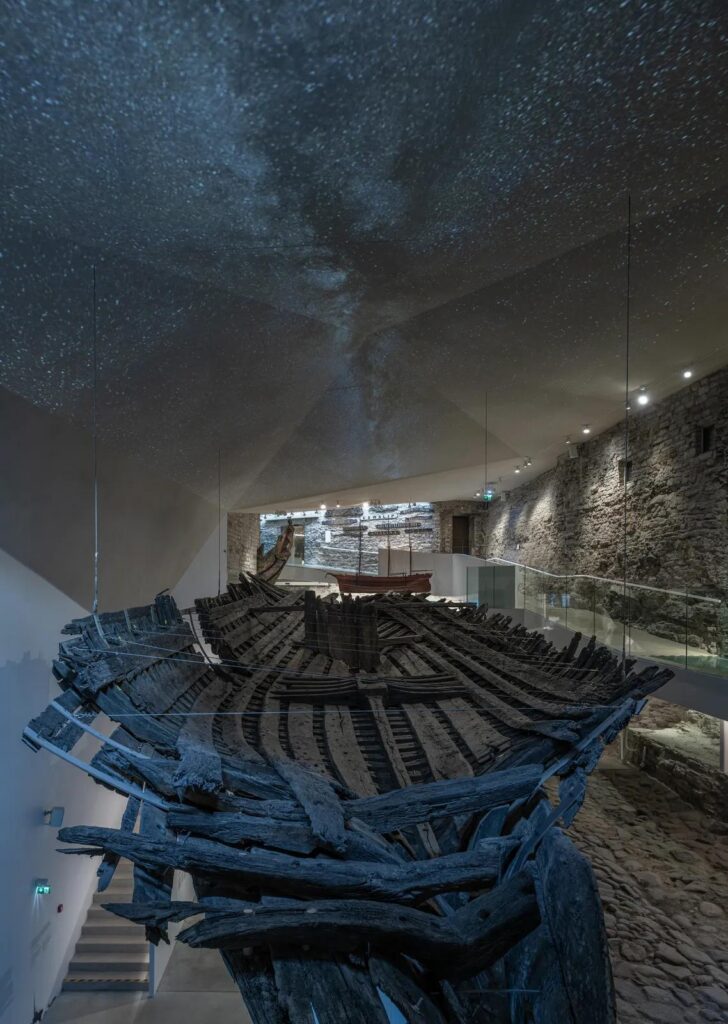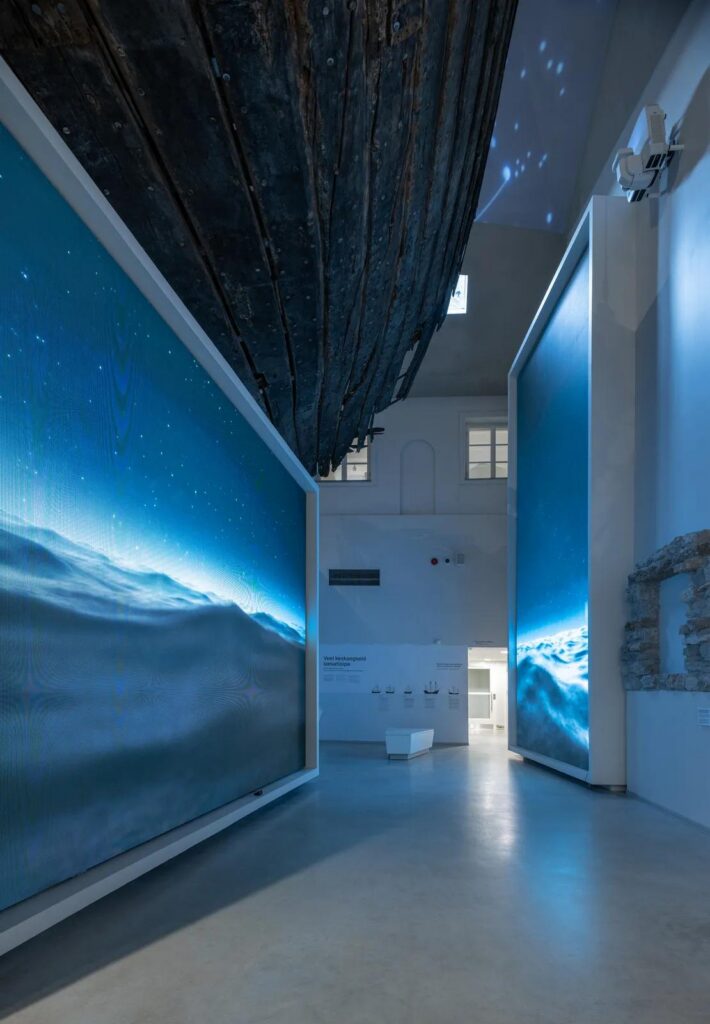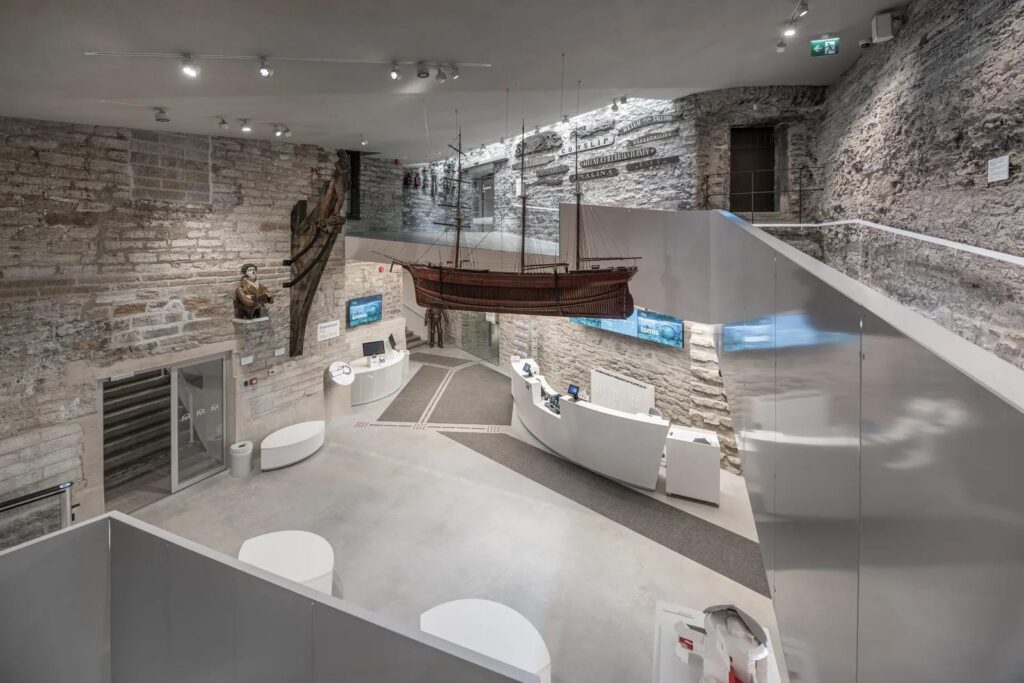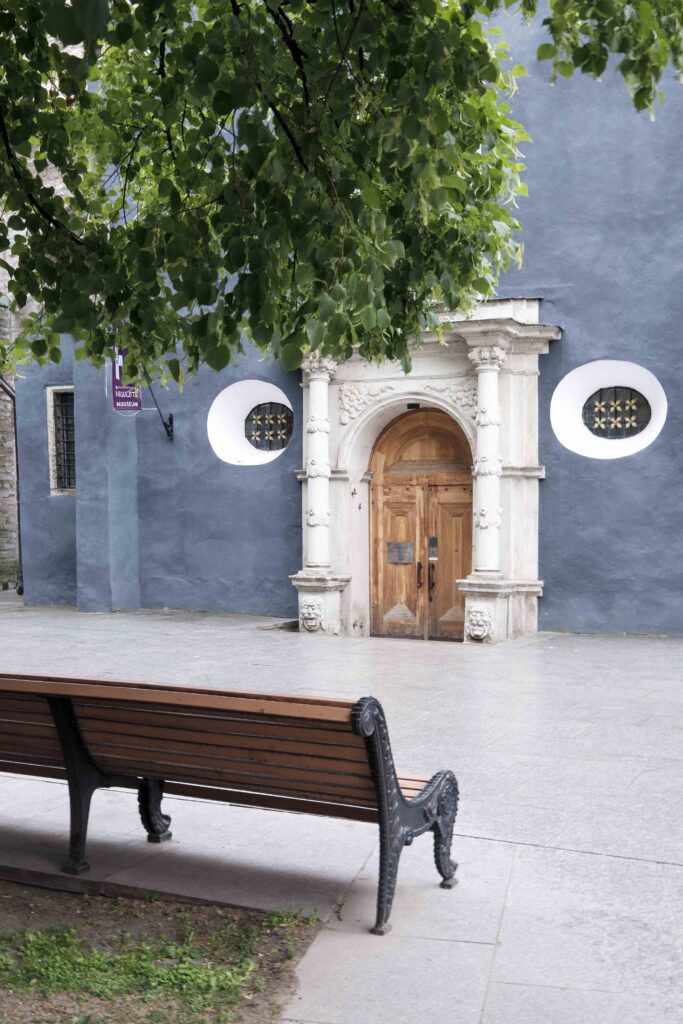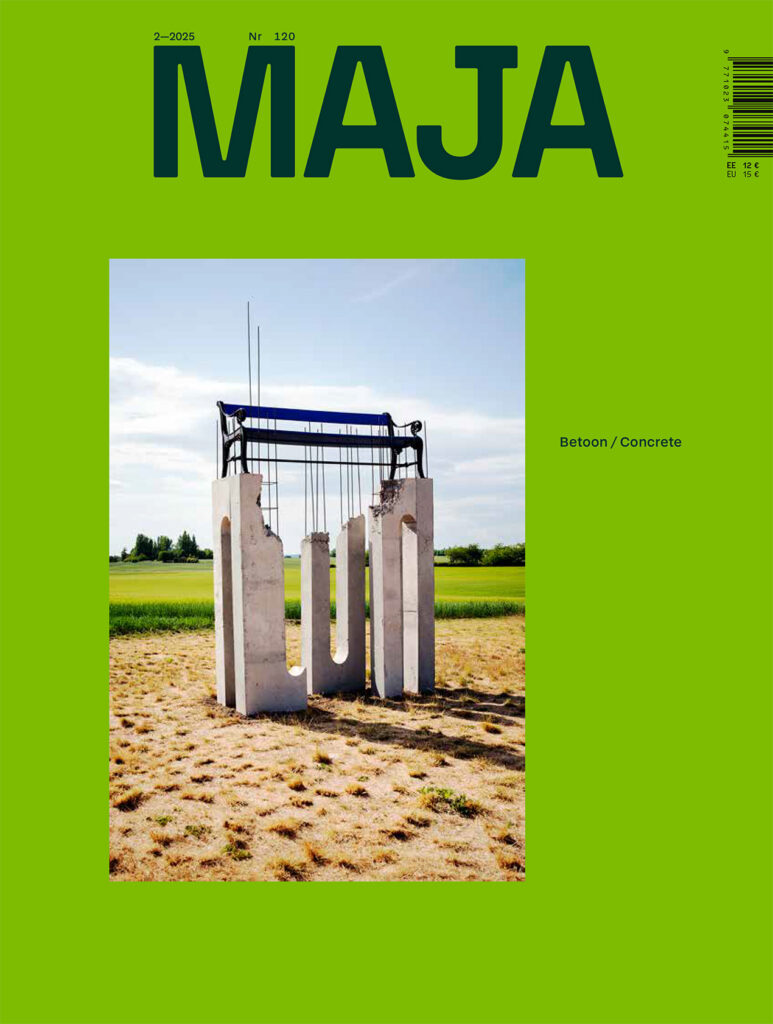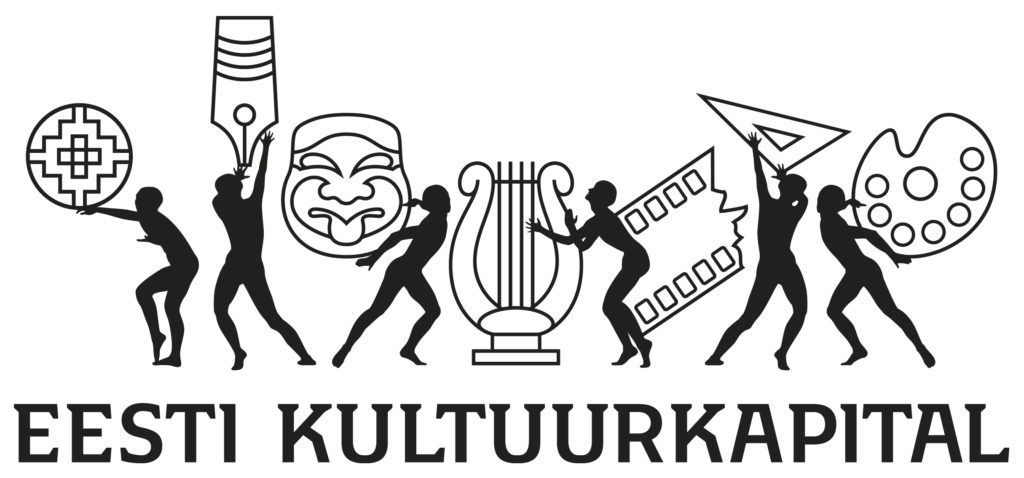Grete Tiigiste reports on the accessibility of museums.
The term ‘accessibility’ marks everyone’s involvement in the living and informational environment, regardless of their age or health, by ensuring equal opportunities for everyone’s participation in the society. The topic is increasingly discussed both on the national and municipal level, and work to improve accessibility is also ongoing in cultural institutions, including museums, which this article will be focusing on.
Museums are working every day to be inclusive of and available to more social groups. This is supported by instructions and guidelines; sectoral support is provided by International Council of Museums’ (ICOM) regulations; and there is an exchange of experiences between museums themselves too. In 2021, the Government Office’s accessibility task force published their final report suggesting the cultural sector tie public funding to accessibility markers and their analysis.1 The Chancellor of Justice, who in cooperation with the Estonian Chamber of People with Disabilities and other advocacy groups monitors the inclusion of various groups, has urged the juries of cultural awards, such as architecture awards or museum awards, to consider in their deliberations the addressing of accessibility issues.2 Everything seems to be straightforward, and yet, our museums still have plenty of problems to untangle.
In mid-April this year, a public discussion was held at Kumu where Agu Laius from the advocacy group MTÜ Kuldne Liiga, TalTech senior lecturer and landscape architect Sirle Salmistu and MTÜ Lasnaidee board member Polina Ljaševa discussed age-friendly museums. Museum availability and inclusion were also discussed in the Estonian Museum of Architecture discussion series ‘(H)arutus’ in late April, where the focus was on using various architectural means to improve the accessibility of cultural institutions. The discussants included Kaido-Allan Lainurm from the Ministry of Climate, Villu Urban from MTÜ Ligipääsetavuse Foorum [NPO Accessibility Forum], Evelin Pääsuke from the Estonian Museum of Natural History and interior architect Kristiina Voolaid. Listening to various stakeholders, it is clear that making a cultural institution accessible to people with different needs benefits all other visitors too.
The discussions in both Kumu and the Estonian Museum of Architecture produced a threefold schema that can help museums to understand their visitors better and become better hosts. The three points represent the three consecutive stages that the visitor will go through while visiting a museum.
I The visit begins at home
Museum accessibility is not just about physical space, but also about well-organised and intelligible websites and other institutional information channels. Before setting off to a museum, one often does preparatory homework online. There are also spontaneous visits, of course, but people with disabilities generally begin with a thorough background research on how to get to and around in the museum. Most larger Estonian museums have added accessibility information to their websites—in some cases, it is generic; in other cases, it targets a specific group of special needs;3 mostly, however, it describes options for approaching the building and how movement within the building is organised. In the conversation at the Estonian Museum of Architecture, Evelin Pääsukene proposed the following rule—museums should be honest with their information; if the museum building is not accessible, then it should be communicated accordingly, so that no one would turn up and get into difficulties, which would only lead to disappointment.
Once it has been made sure that the information is clear, the museum must carefully consider which channels to use for spreading which information. One of the fastest and most common options is social media, on which there is a strong focus, for this is where the audience can leave its immediate feedback. However, not everyone is on social media. Older people, visually impaired, younger audiences and others might, for various reasons, not have the information available from computers and smart devices. Museums should also consider other channels and establish direct contacts.
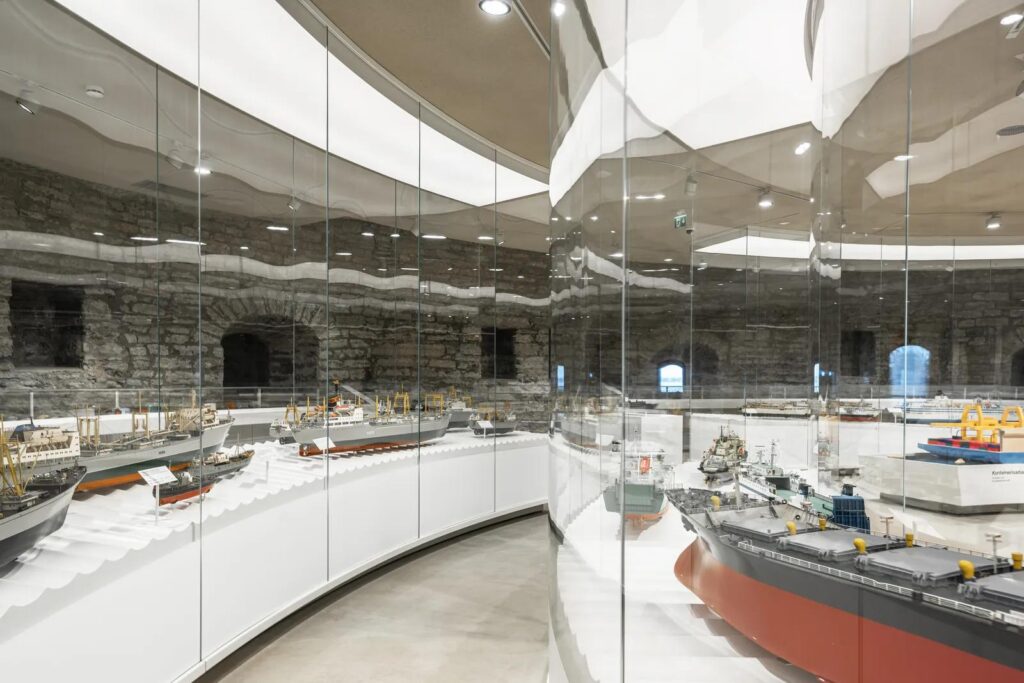
The Estonian Maritime Museum exhibition in the Fat Margaret tower was the first museum in Estonia where the exposition was made accessible to people with impairments of vision, hearing, mobility as well as intellect. The reconstruction and architecture project for the tower was drawn up by KOKO, the interior architecture and exposition project by Inphysica.
Photos: Tõnu Tunnel
II The journey there and entry
Although the journey to the museum is not confined to the site of the institution itself, the museum cannot take responsibility for the problems across the entirety of a city’s public space. However, museums do need to take care that their building would meet the main requirements. It is understandable that without specific training, a museum collective might not be able to notice all the problems or think of best solutions. Which is why the commissioning of an audit could help the museum to improve its accessibility. The guided paths of the building should be planned to ensure a seamless arrival from the street.
Many Estonian museums are located in historical buildings that have been adapted for exhibitions. The Estonian National Museum, Estonian Film Museum and Kumu Art Museum are among the few exceptions that have purpose-built buildings. In the case of new buildings, access to the museum generally complies with contemporary requirements and there are significantly fewer problems. In historical buildings, on the other hand, some solutions are simply not applicable. Accessibility specialist and expert on historical buildings Kaido-Allan Lainurm recommends taking stock of what already exists—for instance, handrails in old buildings are often already ergonomic and on top of that beautiful, so there is no reason to replace them with standardised products. A good example of this is the Estonian Maritime Museum exhibition in the Fat Margaret tower, the first museum where the exposition was made accessible to people with impairments of vision, hearing, mobility as well as intellect. And here we are talking about complex rooms in a defensive tower of Tallinn’s medieval old town wall!
It should be ensured that the visitor with special needs could arrive at the building with a companion, rather than having to enter alone from some back door. Ramps and barriers should be located at the main entrance of the building and be as convenient as possible for independent use. While in new buildings ramps are usually included already in the design stage, older buildings need to rely on later-day additions that take the specifics of their architecture into account. Interior architect Kristiina Voolaid noted at the Estonian Museum of Architecture’s ‘(H)arutus’ discussion that these spatial elements should be tasteful and preferably designed by an (interior) architect, in order to avoid bland standard solutions that do not fit the overall look of the building. Here, museums need to be intelligent clients.
III A museum full of content
‘We all want to be as independent as possible,’ noted landscape architect Sirle Salmistu in the discussion at Kumu. Visitors with special needs must be welcomed in a supportive way, but they also need to be given space to experience the museum as they wish. The visitors should be guided by the architecture of the rooms itself; it is not always good to use tons of signs that might end up being unintelligible and littering the space. In relation to signage, it is crucial to remember that language is also a part of accessibility, and guidelines should be commonsensical and clear.
While the physical accessibility of a building is a rather conspicuous affair, it is just as important to consider the sensory atmosphere within the museum. The main task of a museum is to offer relevant content, and if you have invited someone to visit, you should involve them in your activities. One practical tool for understanding visitor experience is the use of personae,4 which enables to enact a museum visit from the perspectives of various visitor groups. This method was, for instance, practiced by architect Michael Graves, who was left in a wheelchair in 2003, after which he became an advocate for people with reduced mobility and began to promote the principles of inclusive design among architects. Graves ordered his design team to spend a week in a wheelchair so that they could better understand how to create inclusive spaces.5 A persona also helps to focus on aspects of mental health when organising exhibitions. Exhibitions are experienced via different senses and some museum visitors might be more sensitive in terms of some of them, which can end up causing fatigue, anxiety or irritability. In creating the content and space of the exhibition, it would be good to make sure that the visitor could pass through it at their own pace; also, it would be good if there was an option of taking a simpler path. Simple does not mean stupid.
It should be ensured that the visitor with special needs could arrive at the building with a companion, rather than having to enter alone from some back door.
Inclusive solutions
We should bear in mind that at different stages of life, people might require the kind of attention and care that they could not even have imagined needing before. This is where a proactively empathic attitude can help. Thus, the museum should aim for having a programme that is suitable for and offers something to visitors of all ages. In the discussions at Kumu and the architecture museum, the range of ‘all ages’ was defined as 8 to 80 years. If visitors at the extremes of this age range can manage in the museum, then the age groups that fall in between are likewise included.
I will conclude with two inductive thoughts. Both at Kumu and the Estonian Museum of Architecture, the slogan ‘You can never have too many benches!’ was heard in the conversations. The exhibition halls and surroundings of the museum building need to have benches for every visitor group. Going through the exhibition can be intense and informationally dense; benches offer a place where you can sit down to reflect for a bit and have a discussion with your companions. And while sometimes it might seem that adding a necessary bench, light or levelled threshold is an uphill struggle, for most museum buildings are managed by Riigi Kinnisvara AS, the company responsible for state-owned real estate, and entering a maze of procurements and deadlines can feel intimidating, some things will have to be done using simple common sense. In the end, accessibility is useful to both sides—both the museum and visitors can only gain from it.
GRETE TIIGISTE is a curator and head of programme at the Estonian Museum of Architecture, whose tasks include ensuring that visitors can access the museum building, exhibitions and events as conveniently as possible.
HEADER: The Niguliste Museum. Photo by Päär Keedus
PUBLISHED: MAJA 2-2024 (116) with main topic OLD AGE
1 The Government Office of the Republic of Estonia, ‘Ligipääsetavuse rakkerühma lõpparuanne’ [‘Accessibility Task Force Final Report’], 2021, available at Riigikantselei website.
2 The Office of the Chancellor of Justice, ‘Kultuuri ligipääsetavus’ [‘Accessibility of Culture’], 17 February 2023, available at Õiguskantsler website.
3 The website of the Estonian History Museum, for instance, has information namely for visually impaired visitors.
4 A persona is a fictional person who represents a typical user of a service or product.
5 Niall Patrick Walsh, ‘We Need More Wheelchair Users to Become Architects,’ Archdaily, 16 August 2019.

